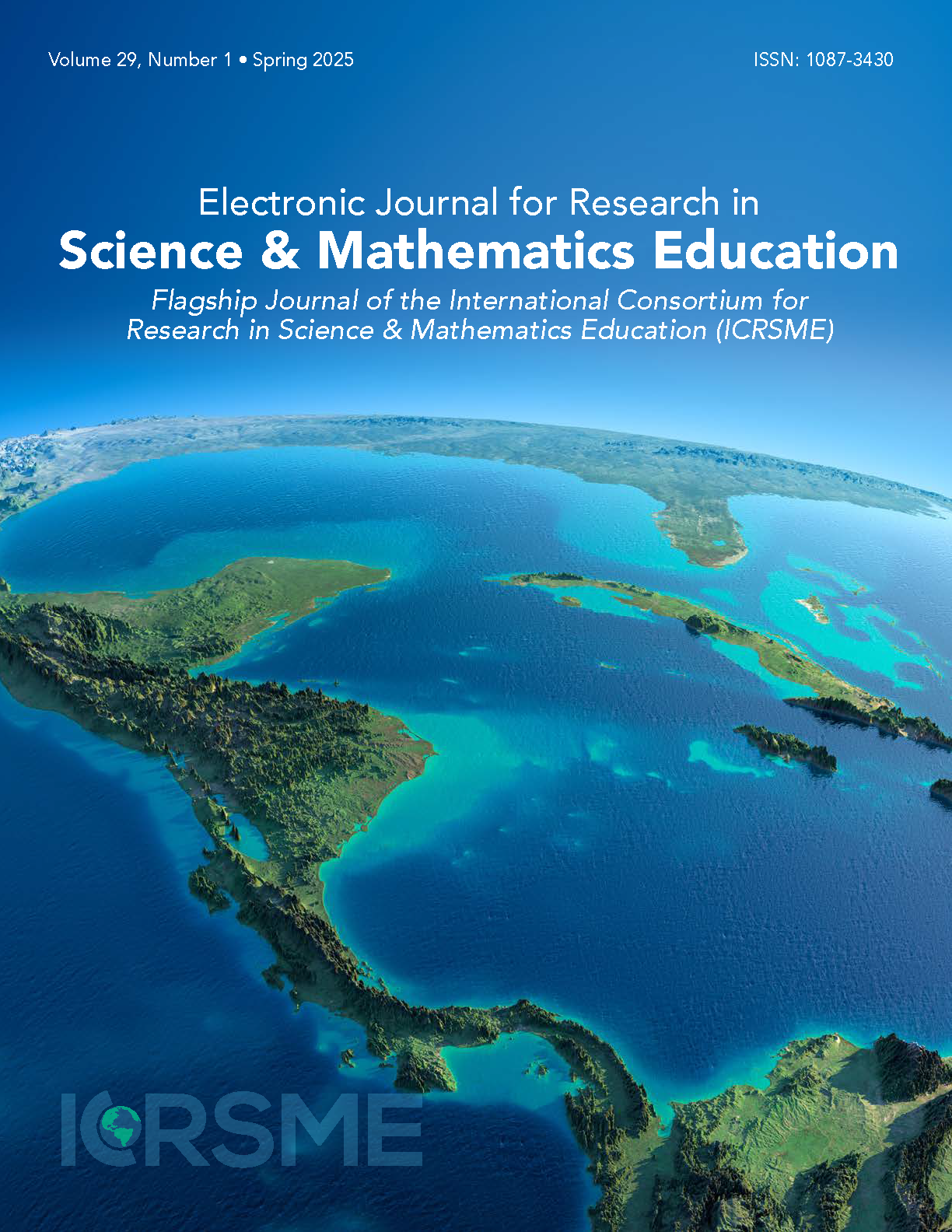STEM Curricula, Practices, Policies, and Implications in the Middle Grades: A Review
Main Article Content
Abstract
STEM education has become an economic factor in the United States, developing countries and in other established economies such as Europe and Australia. There is, however, a lack of consensus on how STEM curricula are enacted across K-12 learning environments in general and with particular interest in the middle grades - the phase of schooling that includes grades five to nine. We conducted a comprehensive review of empirical studies, related to STEM curriculum in formal middle school classrooms. Specifically, our review was guided by the question: How is STEM conceptualized and implemented in middle grades instruction? With a focus on curriculum containing two or more of the four disciplinary combinations, 93 empirical studies were selected for review. Each article was read and snippets from the studies related to the research question were documented. These snippets became codes and during focused and repeated readings and discussions, patterns emerged from which themes were generated. Some of the emerging themes were STEM curricular landscape and the positioning of science in the STEM curriculum. Our findings revealed inconsistencies around the practices of STEM as a discipline within the middle grades and the nature of integration across the disciplines. While science was treated as a core discipline, in most cases there was no clear identification of competencies across the disciplinary combinations. Leveraging reasonable connections in ways to initiate and improve the development of STEM literacy was limited. Our review therefore signals the need for evidence-based practices and an established consensus around STEM curricular in middle schools.
Article Details
© 2025 Electronic Journal for Research in Science & Mathematics Education (EJRSME)
